I Refuse to Help My Homeless Mom After She Spent All Her Retirement Money on My Sister

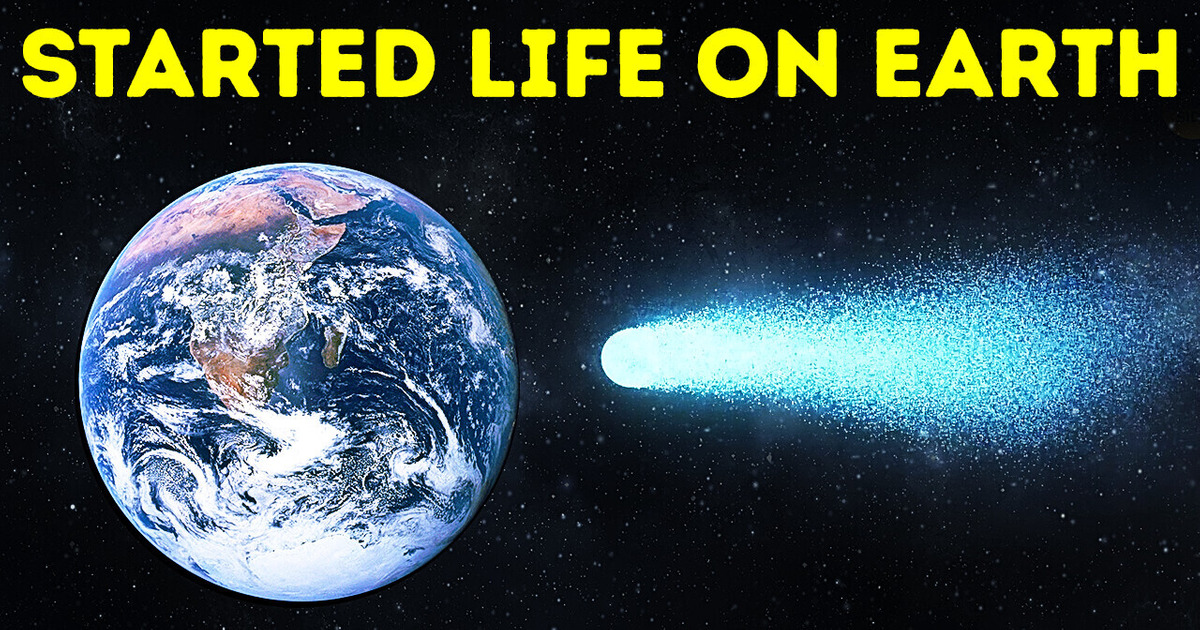
Some people, like the Andaman islanders — that’s a community living in the Gulf of Bengal — see them as burning torches thrown into the air by forest spirits. Others, like some Australian aborigines, think they’re flaming sticks ridden by shamans. If you ask an astronomer, though, they’ll tell you that a comet is a large object made of dust and ice that orbits the Sun.
Arguably one of the most famous space objects of this kind is Halley’s Comet. It has left a great impact on our history and understanding of these mysterious “falling stars.” When this comet passed Earth in August 1835, for example, it was blamed for the New York City fire that kept going for several nights. At the same time, the Seminole Indians in Florida saw the comet’s long tail and believed it marked the day they would lose their independence.
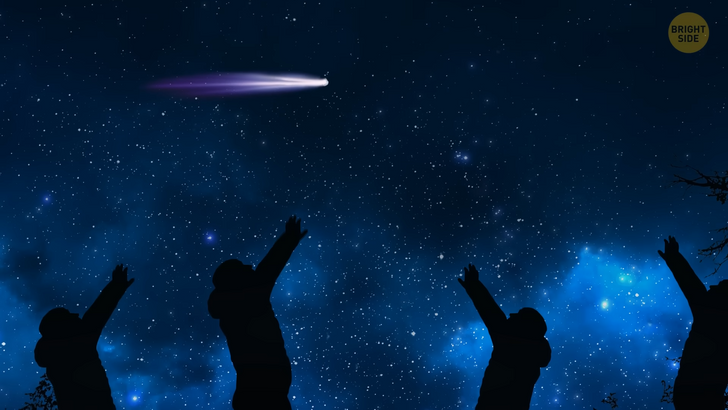
This comet came back in 1910, and people yet again saw it as a sign of bad luck. In Chicago, people bent over backward to secure their windows to protect themselves from the comet’s dangerous tail. Others bought all sorts of “gadgets,” like umbrellas or masks protecting from comets. But what’s so intriguing about this space body? How come it just pops up around Earth every once in a while? And, most importantly, is it really dangerous?
Halley’s is what astronomers call a “periodic” comet. It visits us every 75 years or so. On rare occasions, some lucky people get to see it twice in their lifetime. It last passed Earth in 1986, and it is expected to come back in 2061. Despite this scheduled return, the comet’s orbit can’t be predicted with precision. That’s partly because of the chemical processes happening inside the comet. Halley’s orbit may also change due to random interactions with other planets and space objects in our Solar System.
Its official title is 1P/Halley, and it’s named after English astronomer Edmond Halley. He was the one who studied the reports of a comet nearing Earth in 1531, 1607, and 1682. Based on his calculations, he concluded that these three occurrences had been, in fact, the same comet, returning over and over again. He also predicted its return in 1758. Halley’s discovery also pointed out that some comets, like this one, orbited the Sun, but their journey was not circular. If you look at it in 2D, Halley’s orbit looks like an elliptical wire dangling from the Sun. Sadly, Halley didn’t live to see the comet’s correctly predicted return. But it was named after him.
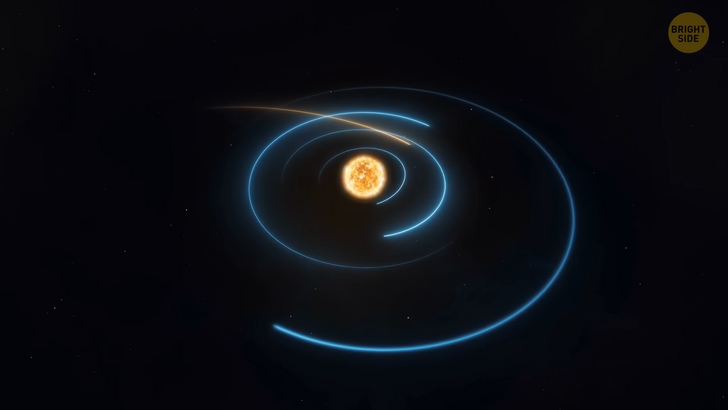
According to the European Space Agency, the first sighting of Halley’s Comet dates back to March 30, 239 BCE. Asian astronomers noted it down in the Shih Chi and Wen Hsien Thung Khao chronicles. But another study claims that we might have first noticed it even earlier than that, during the times of the Ancient Greeks.
Writings from that period reported a huge meteor that landed in northern Greece, leaving the local population perplexed. It soon became one of the ancient world’s most popular tourist attractions. But the authors also noticed a comet in the sky at the time the meteor landed.
They also reported the fact that the unusual space object had remained in the sky for about 75 days. Shakespeare himself seems to have written about this comet in his play “Julius Caesar” around the year 1600. In this work, he included a now-famous phrase speaking of comets as unusual signs, saying, “The heavens themselves blaze forth...”
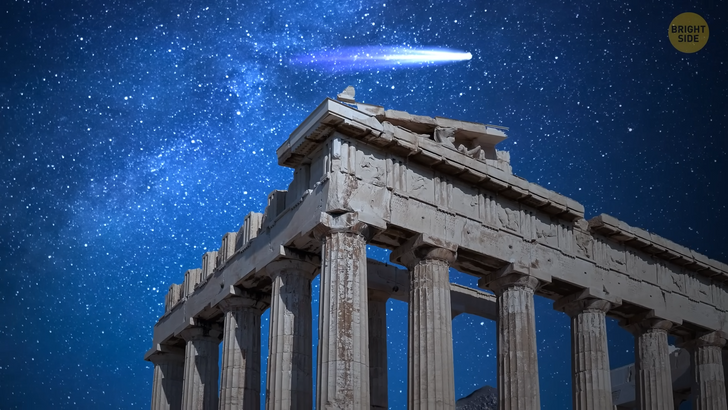
It wasn’t the last time famous writers felt a certain connection with this object. Writer Mark Twain even said in 1909, “I came in with Halley’s Comet in 1835. It is coming again next year, and I expect to go out with it.” Surprisingly, Twain passed away on April 21, 1910, one day after Halley’s had emerged from behind the far side of the Sun.
We got a better look at the comet when it last passed us in 1986. Several spacecraft were sent toward Halley’s to take samples of the comet’s composition. This fleet of spaceships, dubbed the Halley Armada, flew nearby, one of them taking several pictures of the comet’s core for the first time in history. We also had much better telescopes to look at the comet as it swung by our planet this time. Based on current studies, there’s little to no chance that Halley’s comet could actually pose any danger to our planet. Most of the bad things associated with the comet were just fabrications.
Even better, comets, in general, may have made life on Earth possible! Specialists believe that early in our planet’s history, collisions with comets brought a significant amount of water here, which helped to form our oceans. These space objects may have also gifted us organic material necessary for the formation of life. Don’t confuse comets with asteroids, though.
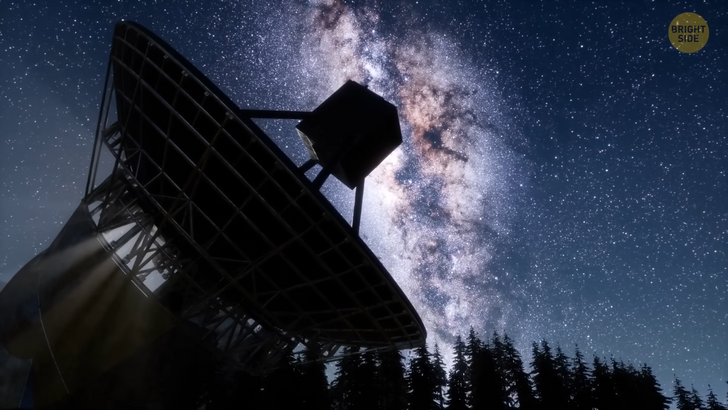
Unlike asteroids — which are small rocky space bodies also orbiting the Sun — comets are mostly made up of frozen ammonia, methane, or water. They contain only small amounts of rocky material. Because of their composition, comets are sometimes nicknamed “dirty snowballs.” Comets are made of four parts: a nucleus, a coma, a dust tail, and an ion tail. But their nucleus makes up most of their total mass. There are over 3,000 comets that we know of, but astronomers think there may be up to one billion of them in our Solar System.
A comet that is bright enough to be visible from Earth without the help of a telescope is called a great comet. Approximately one great comet can be seen every ten years or so. People have noticed other comets for millennia. However, scientists have concluded that since comets shed a lot of material each time they orbit close to the Sun, their lifespan may be only thousands of years.
If you compare that to the age of the Solar System — which is 4.6 billion years — it’s a relatively small number. Since these space bodies are still present in the Solar System today, there must be a source of comets somewhere out there. Otherwise, all comets would have disappeared a long time ago.

Another famous comet is named Hale Bopp. It came very close to Earth in January 1997. The last time it was seen near our planet before that was during the Bronze Age, back in 2000 BCE. This comet is much larger and more spectacular than Halley’s. Its nucleus stretches for up to 24 miles in diameter and can be seen from the surface of our planet with the unaided eye. Comet Borrelly was the second comet to be studied up close by a spacecraft.
NASA’s Deep Space 1 approached it in 2001 and gave scientists a detailed report of the comet’s black core. This comet is surprisingly lopsided, but the reason for its unusual shape is still up for debate. Halley’s Comet appears to have formed in the Oort Cloud at the outer edges of the Solar System. But Borrelly is said to come from an icy cloud of rocks beyond Neptune, which is called the Kuiper Belt.
Comet Hyakutake gave us quite the show when it passed just 9.3 million miles from Earth in March 1996. It looked like an ice-blue splash with a faint gas tail. This comet amazed astronomers, too, as it produced X-rays 100 times more intense than scientists had predicted. A spaceship called Ulysses passed through Hyakutake’s tail in May 1996, reporting that it was at least 350 million miles long.
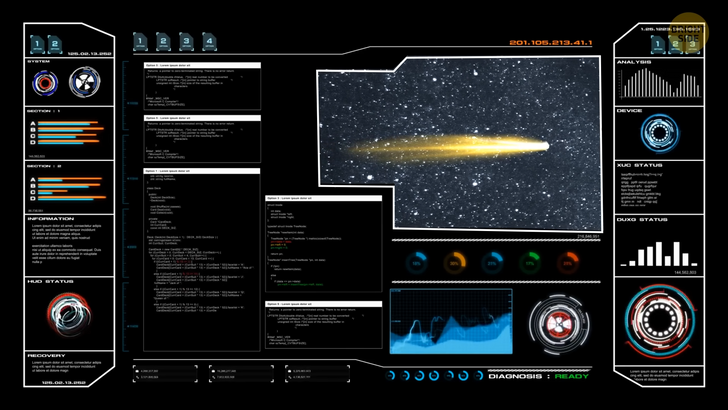
That’s double the size of any other known comet’s tail. The comet Wild 2 was examined by NASA’s Stardust spacecraft back in 2004. The probe managed to fly within 147 miles of the nucleus of Wild 2, giving us some of the best comet pictures to date. It was also the first time we got samples of dust particles from a comet.
The precious cargo came back to Earth in January 2006. Its aim was to shed light on the conditions under which Wild 2 — and the Solar System, for that matter — formed those billions of years ago. Wild 2 is about 3 miles in diameter and covered with craters and cliffs.











